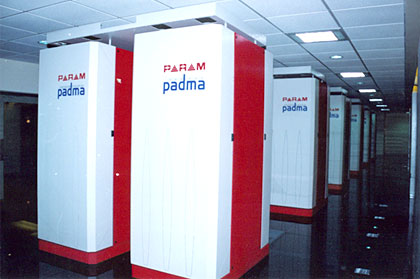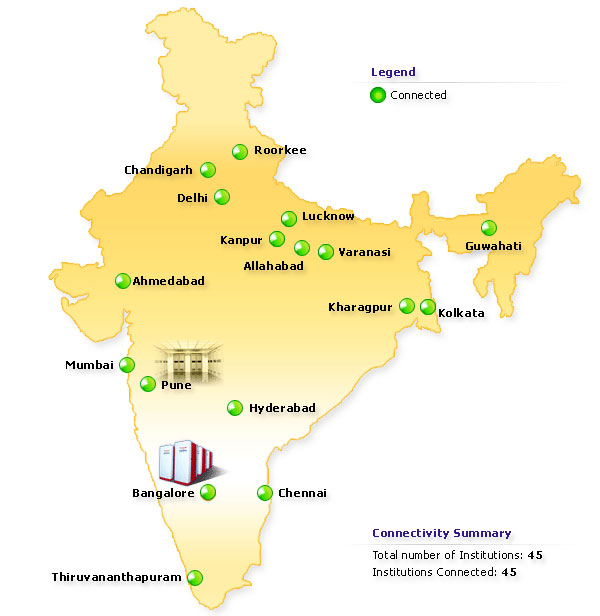Justin Joseph
SENIOR MEMBER

- Joined
- Mar 4, 2010
- Messages
- 2,216
- Reaction score
- 0
Twin towers of 60 storeys, 253 metres (827 feet) The Imperial is ready to move in
Now apartments get Imperial feel
By Priyanka Das Gupta Mar 10 2010
Have you ever thought of having your own slice of the sky, where every fluff of cloud is your own to name to chase or simply blow away? Then The Imperial can surely be your dream home.
Located in the heart of South Mumbai amidst plush neighbourhood, the 60-storey structure is probably one of the tallest structures in Asia. The Imperial is the flagship project of SD Corporation, a joint venture between Shapoorji Pallonji & CO and the Thacker Group, consisting of two towers of 60 storeys each and at 253 metres (827 feet) above mean sea level.
The Imperial is a landmark meant for the connoisseurs of high living. It will soon set a new benchmark in luxury living in India redefining opulence and surpassing current benchmarks by a long way, said a company spokesperson.
The project has a total of 228 apartments. Of which nearly 70 to 80 per cent have already been sold out. We will be able to give off the apartments for fit outs by March itself. By Diwali, the owners should be able to start moving in the spokesperson said.
The Imperial will have 3, 4 and 5 BHK apartments including duplex at various levels. The apartments are priced in the range of Rs 7.5-8 crore and Rs 75-80 crore.
Designed by Hafeez Contractor, the two towers have a bouquet of exclusive apartments, ranging from 2,500 sq ft to 10,000 sq ft.
The Imperial possesses a treasure of sumptuously des*igned apartments each meti*culously crafted by ren*owned designers like Pinakin Patel from Mumbai, Neterwala & Aibara Inerior Designers from Mumbai and Craig Nealy Architects from the US, who have given their creative touch to the minutest detail.
The apartments will have marble flooring sourced from Spain and Italy with exclusive features like gas and smoke detectors as well as power back-up system. Power back-up ensures that residents will have electricity supply even when there is a power failure in the elevators and lobbies. The apartments will also house features like folding windows and deck. The tall towers will have entrance lobby with a ceiling that soars three levels with a waterfall around that hugs the glass walls. The towers will have state-of-the-art building management system to monitor everything from security and utility.
Now apartments get Imperial feel
By Priyanka Das Gupta Mar 10 2010
Have you ever thought of having your own slice of the sky, where every fluff of cloud is your own to name to chase or simply blow away? Then The Imperial can surely be your dream home.
Located in the heart of South Mumbai amidst plush neighbourhood, the 60-storey structure is probably one of the tallest structures in Asia. The Imperial is the flagship project of SD Corporation, a joint venture between Shapoorji Pallonji & CO and the Thacker Group, consisting of two towers of 60 storeys each and at 253 metres (827 feet) above mean sea level.
The Imperial is a landmark meant for the connoisseurs of high living. It will soon set a new benchmark in luxury living in India redefining opulence and surpassing current benchmarks by a long way, said a company spokesperson.
The project has a total of 228 apartments. Of which nearly 70 to 80 per cent have already been sold out. We will be able to give off the apartments for fit outs by March itself. By Diwali, the owners should be able to start moving in the spokesperson said.
The Imperial will have 3, 4 and 5 BHK apartments including duplex at various levels. The apartments are priced in the range of Rs 7.5-8 crore and Rs 75-80 crore.

Designed by Hafeez Contractor, the two towers have a bouquet of exclusive apartments, ranging from 2,500 sq ft to 10,000 sq ft.
The Imperial possesses a treasure of sumptuously des*igned apartments each meti*culously crafted by ren*owned designers like Pinakin Patel from Mumbai, Neterwala & Aibara Inerior Designers from Mumbai and Craig Nealy Architects from the US, who have given their creative touch to the minutest detail.
The apartments will have marble flooring sourced from Spain and Italy with exclusive features like gas and smoke detectors as well as power back-up system. Power back-up ensures that residents will have electricity supply even when there is a power failure in the elevators and lobbies. The apartments will also house features like folding windows and deck. The tall towers will have entrance lobby with a ceiling that soars three levels with a waterfall around that hugs the glass walls. The towers will have state-of-the-art building management system to monitor everything from security and utility.














